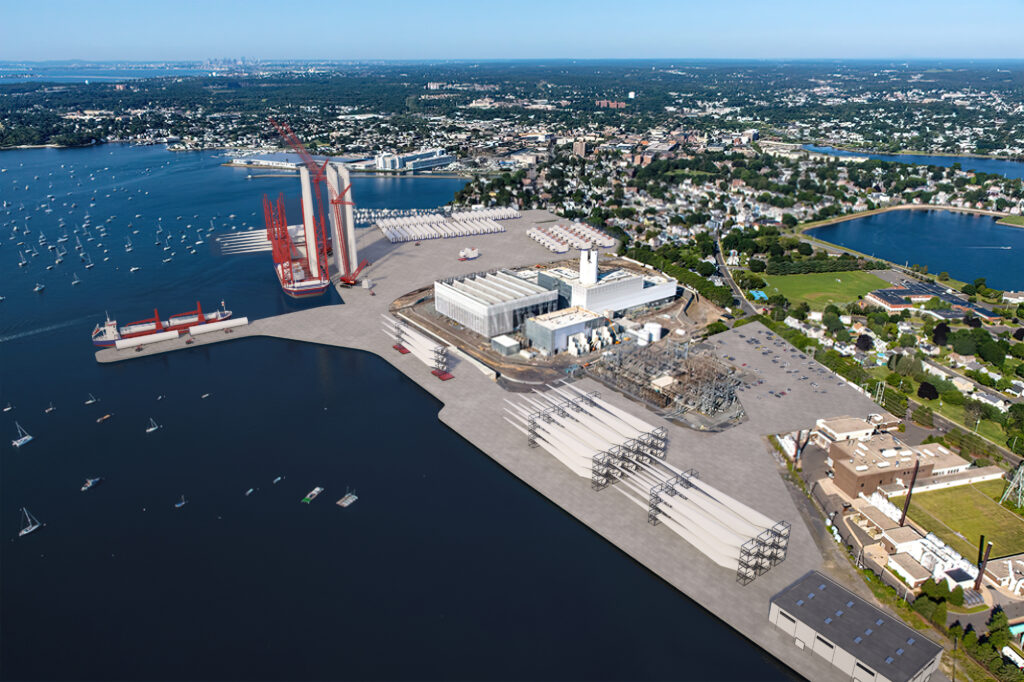Think of local content policies as the unsung heroes of today’s maritime and transportation industries. These policies are doing more than just bolstering local economies—they’re transforming how infrastructure projects are conceived and executed. By emphasizing small business inclusion, workforce development, and community investment, they’re turning massive transportation hubs and port expansions into catalysts for regional growth.
For small businesses, nonprofits, and local communities, this shift spells opportunity. Local content policies ensure that the economic benefits of these megaprojects flow directly into the hands of those living and working nearby. From job creation to funding injections for community programs, these policies are creating a win-win scenario for developers and residents alike.
Here’s the genius of it: local content requirements don’t just enhance logistics and trade capabilities. They also unlock public support, open doors to tax incentives, and strengthen competitive advantages for developers. But the true magic lies in the ripple effect—one that extends far beyond the docks and terminals to elevate entire communities.
To understand the real-world impact, let’s dive into three standout examples of how local content policies are reshaping the future of ports and transportation.
I. Port of Long Beach Modernization – Long Beach, CA

The Port of Long Beach, one of the largest and busiest ports in the United States, has set a national standard for integrating local content policies in its modernization projects. The $1.5 billion Middle Harbor Redevelopment Project, which aims to enhance cargo handling efficiency while reducing environmental impact, has generated significant local economic benefits.
Through local content requirements, over 3,000 construction jobs were created, with a focus on hiring workers from Los Angeles and Orange counties. More than 25% of contracts were awarded to small and minority-owned businesses, ensuring that local suppliers and contractors shared in the project’s success.
The project also established workforce training initiatives in partnership with local nonprofits and technical colleges, providing residents with the skills needed for careers in green port technology and logistics. These investments are preparing the region’s workforce for a sustainable future while creating long-term employment opportunities in operations, maintenance, and clean energy programs at the port.
II. Moynihan Train Hall Redevelopment – New York, NY

The $1.6 billion transformation of Moynihan Train Hall in Midtown Manhattan highlights how local content policies can revolutionize transportation hubs. This project expanded Penn Station’s capacity while emphasizing economic opportunities for local communities.
Over 5,000 jobs were created during construction, with hiring efforts focused on underserved neighborhoods in New York City. Nearly 30% of contracts were awarded to small and minority-owned businesses, providing a significant boost to local suppliers and subcontractors.
The project also partnered with community colleges and workforce development organizations to establish specialized training programs, preparing local residents for careers in construction, engineering, and facility operations. These initiatives not only supported the completion of the train hall but also provided long-term employment pathways for hundreds of New Yorkers.
By adhering to local content policies, the Moynihan Train Hall project has become a model for balancing modern infrastructure needs with inclusive economic growth, generating over $3 billion in economic impact for the region.
III. Salem Offshore Wind Port Development – Salem, MA

The Salem Offshore Wind Port Development project is an outstanding example of how local content policies can transform small coastal communities. This $200 million project aims to create a state-of-the-art staging and marshalling facility for offshore wind components, positioning Salem as a critical hub for the renewable energy industry in Massachusetts.
Through strict local content requirements, the project has committed to ensuring that at least 20% of contracts are awarded to small and minority-owned businesses in the region. Over 1,000 jobs have been created during the construction phase, with a significant portion of the workforce recruited from Salem and nearby communities.
In collaboration with local educational institutions, the project has established workforce training programs tailored to the needs of the offshore wind and maritime logistics sectors. These initiatives are equipping residents with specialized skills for long-term employment opportunities in clean energy and port operations.
The project is also investing heavily in community benefit agreements, including upgrades to local infrastructure and grants for environmental sustainability programs. Salem’s transition into a major offshore wind hub is expected to generate over $500 million in economic impact, demonstrating the far-reaching benefits of local content policies in maritime and port development.
These examples illustrate how local content policies in the maritime, ports, and transportation sectors create a ripple effect of benefits. By prioritizing small business participation, workforce development, and community investment, these projects achieve more than just infrastructure improvements—they deliver meaningful economic and social impact. As ports and transportation networks continue to expand, local content policies will remain at the heart of ensuring that development serves the people and communities they are designed to support.
More Information: Local Content Week









